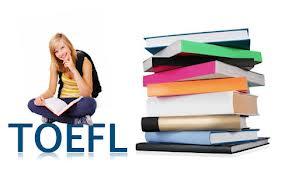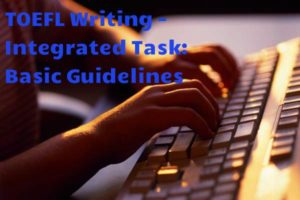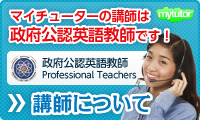Written/edited by Venus Montebon
留学・ビジネス英語に強い オンライン英会話 マイチューター
▮ TOEFL iBTとは?
TOEFL iB T インターネット版 (Internet – Based Testing ) TOEFL 試験です。 大学レベルの英語能力を測定するテストです。
リスニング、リーディング、スピーキング、ライティングの各スキルを組み合わせて、学術的な課題を遂行する能力も評価します。
世界全域で2700万人を超える人々が主に米国、カナダ、オーストラリアなど英語圏の留学を目指すために受験します。

Familiarize yourself with the TOEFL format
Most countries now offer the Internet based TOEFL (iBT). A few offer only the paper-based test (PBT). Make sure you find out which test you will be taking before you start studying for the TOEFL. You cannot choose to take the paper based test if your country offers the iBT. One reason people experience exam stress is because they don’t know what to expect before a test. Prevent stress on exam day by studying the format of the test in detail. ETS has very clear standards about the format of their test. This is why it is called a “standardized” test.
IBT Internet-based Test
Since its introduction in late 2005, the TOEFL iBT format has progressively replaced both the computer-based tests (CBT) and paper-based tests (PBT), although paper-based testing is still used in select areas. Although initially, the demand for test seats was higher than availability, and candidates had to wait for months, it is now possible to take the test within one to four weeks in most countries.[4] The four-hour test consists of four sections, each measuring one of the basic language skills (while some tasks require integrating multiple skills) and all tasks focus on language used in an academic, higher-education environment. Note-taking is allowed during the TOEFL iBT test.
|
Task |
Description |
Approx. time |
| Reading | 3–5 passages, each containing 12–14 questions | 60–100 minutes |
| Listening | 6–9 passages, each containing 5–6 questions | 60–90 minutes |
| Break | 10 minutes | |
| Speaking | 6 tasks | 20 minutes |
| Writing | 2 tasks | 50 minutes |
Paper-based Test
The TOEFL PBT test measures reading, listening, grammar and writing skills and is currently offered only in locations where testing via the Internet is not available.
- Listening(30 – 40 minutes)
The Listening section consists of 3 parts. The first one contains 30 questions about short conversations. The second part has 8 questions about longer conversations. The last part asks 12 questions about lectures or talks.
- Structure and Written Expression(25 minutes)
The Structure and Written Expression section has 15 exercises of completing sentences correctly and 25 exercises of identifying errors.
- Reading Comprehension(55 minutes)
The Reading Comprehension section has 50 questions about reading passages.
- Writing(30 minutes)
The Writing section is one essay with 250–300 words in average.
Question:
How long are scores valid?
- 3 years
- 1 year
- 2 years










